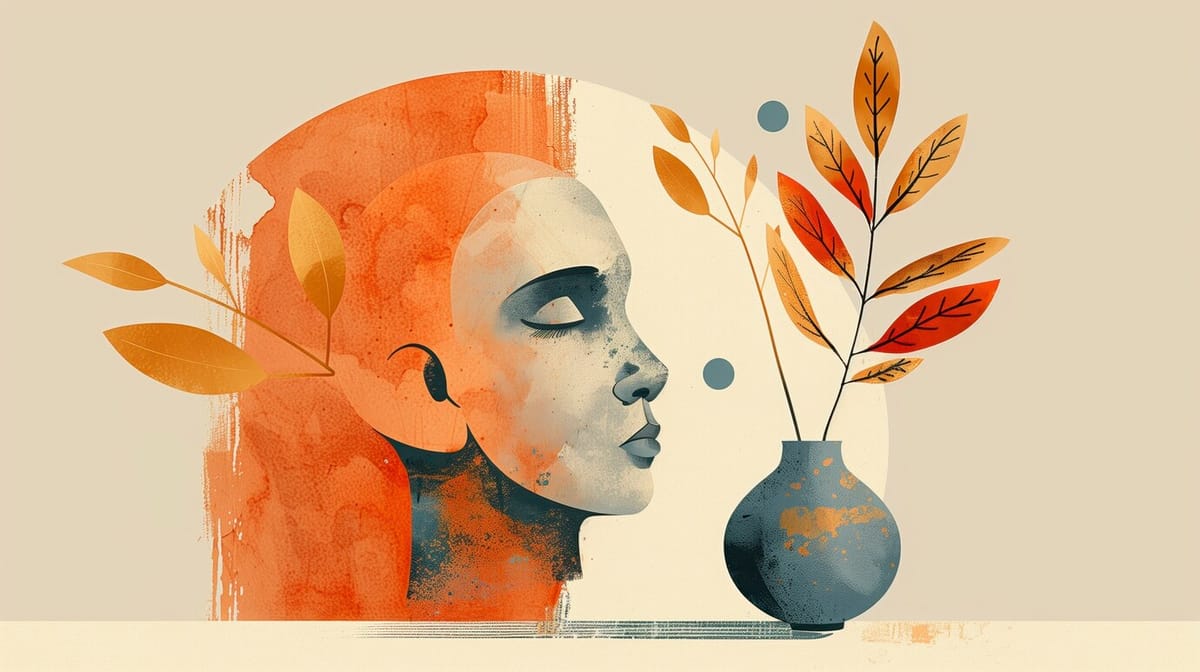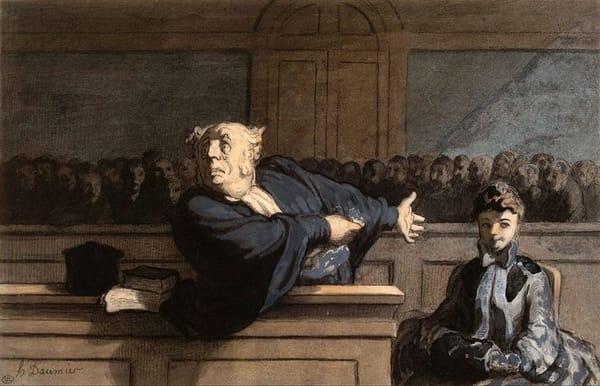The Selfish Love - Theory

Experience an explanation about the most complex neural behavior referred to as "Love". What is it actually?
Love is such a tiny word and so falsely implied everywhere. Everyone says they love someone. But what does love even mean? Well, it’s a feeling. Yeah, love is a feeling. Okay? So, what is a feeling, my dear readers? Uhm, feelings... are they something that can only be experienced? Yes, dear readers. So, what is love? That’s my question again.
Let’s go back—back to a time when life wasn’t just humans, a hundred million years ago, when life was evolving. A single species couldn’t survive individually, and even now, we see numerous mutualistic and symbiotic associations between different lifeforms. So, is this love?
“No, not at all,” shouted my readers.
Alright, I understand. So these symbiotic associations and interactions that favor both life forms to sustain life’s circle and generate more of their kind, that’s not love? So you’re saying love isn’t selfish? Okay.
Let’s pause here and fast forward. Life is now taking on more complex forms. Mammals have begun to appear, and their complex neurological behavior is influencing their general behavior. Mammals now have the ability to think, learn, and apply knowledge to interact with others. Look at this: a rat has just given birth to four offspring, who are feeding on their mother’s milk. Now, the mother has to generate more energy, eat more, and work harder just to provide care for her offspring. This isn’t exactly favorable for the mother, yet she does it.
“This is exactly what love is!”..one of my readers shouted again.
Oh, poor soul, let’s take a moment and think. You say we have a choice, to love someone or not? Now, let’s hypothesize that the mother doesn’t love her offspring for some reason. Oh, well, now the offspring are dead, the species can’t proliferate, and thus it’s wiped out under the weight of natural selection. But this doesn’t happen. For some reason, the mother won’t stop feeding her offspring, even though it’s not individually favorable for her. It’s only favorable for the species as a whole.
When those offspring grow, they won’t remember their mother; they aren’t neurologically developed enough to do so. Yet they’ll continue looping through this non-profit cycle of mammalian reproduction and care.
Rats, however, are among the simplest forms of mammals. Fast forward a few million years, and we see apes. Now, the male ape is searching for a female to reproduce with. In this specific region, we observe that since there are more males, they have to compete among themselves. This competition isn’t created by anyone, it’s just how things are. After fighting and killing other males, the ape finally gets the chance to mate. So they mate. Well, is this love? No, not at all.
Now we see communities of apes hunting together. Even other mammals form colonies, hunting and surviving as groups. Is this behavior love? Not at all. It’s just a natural behavior that helps these mammals survive. They still lack the ability to think independently, and they don’t possess self-consciousness.
Finally, let’s closely observe the behavior of early Homo sapiens. Look at them—they can create fire from rocks, grow crops, and interact with nature in ways no other species has. Dinosaurs lived long because of their physical strength, but Homo sapiens survived because of their mental power, evolving from life forms as basic as rats.
Observe closely: Homo sapiens have children, and both the mother and father care for them. Their neurological behavior is so complex that it defies simple theories. Now, look: one of their kind has died, and they’ve organized something like a funeral. Everyone is present as the body is buried. They don’t eat each other as many mammals do. This is strange; they’re working together.
This is good. Because of this behavior, they’ve grown strong, even though they’re weak as individuals. A positive feedback loop is formed: their interactions benefit each other, which improves their survival, and nature rewards their species for it. This is the foundation for their brain evolving to become more emotional, more symbiotic, and less selfish. Along with this, hundreds or even thousands of other phenomena are taking place, driven by their behavior and its relationship to natural selection and evolution.
My dear readers, this is the basis for the evolution of emotional intelligence in humans. Love was born because it benefits our species. But emotional intelligence isn’t as simple as it seems. Feelings are nothing more than symbols for specific emotional behaviors and neural networks.
Love isn’t something you can control. For instance, take a female modern human raised in a family where her father is successful, her mother is happy, and their living conditions are stable. She grows up in a positive feedback loop shaped by her connection with her parents. Maternal love, for example, is involuntary to some extent and ensures the survival of the species. But, my dear readers, when we were talking about rats earlier, you said that wasn’t love. Yet now, when humans do the same, you call it love.
So, love is specific, isn’t it? You don’t feel sad if a random human dies unless you know them. You don’t care because, biologically, their survival doesn’t benefit you. And yet, when you do hear about a stranger’s death, you sometimes feel sadness. But even this isn’t love.
So, what is love, my dear readers?
Love is a symbol, an involuntary, emotional, positive feedback loop inside your brain. It’s so complex that it can’t be fully visualized or studied. However, it ensures our reliance on others and our symbiotic, voluntary associations, ultimately favoring our individual survival.
Love is not a feeling. Love is not connected to your heart. Love is not an emotion. All these words are merely symbols for something that arose as part of our species’ evolution. Love, at its core, is selfish, but only in the context of survival.
Written By: Chirag Roy




